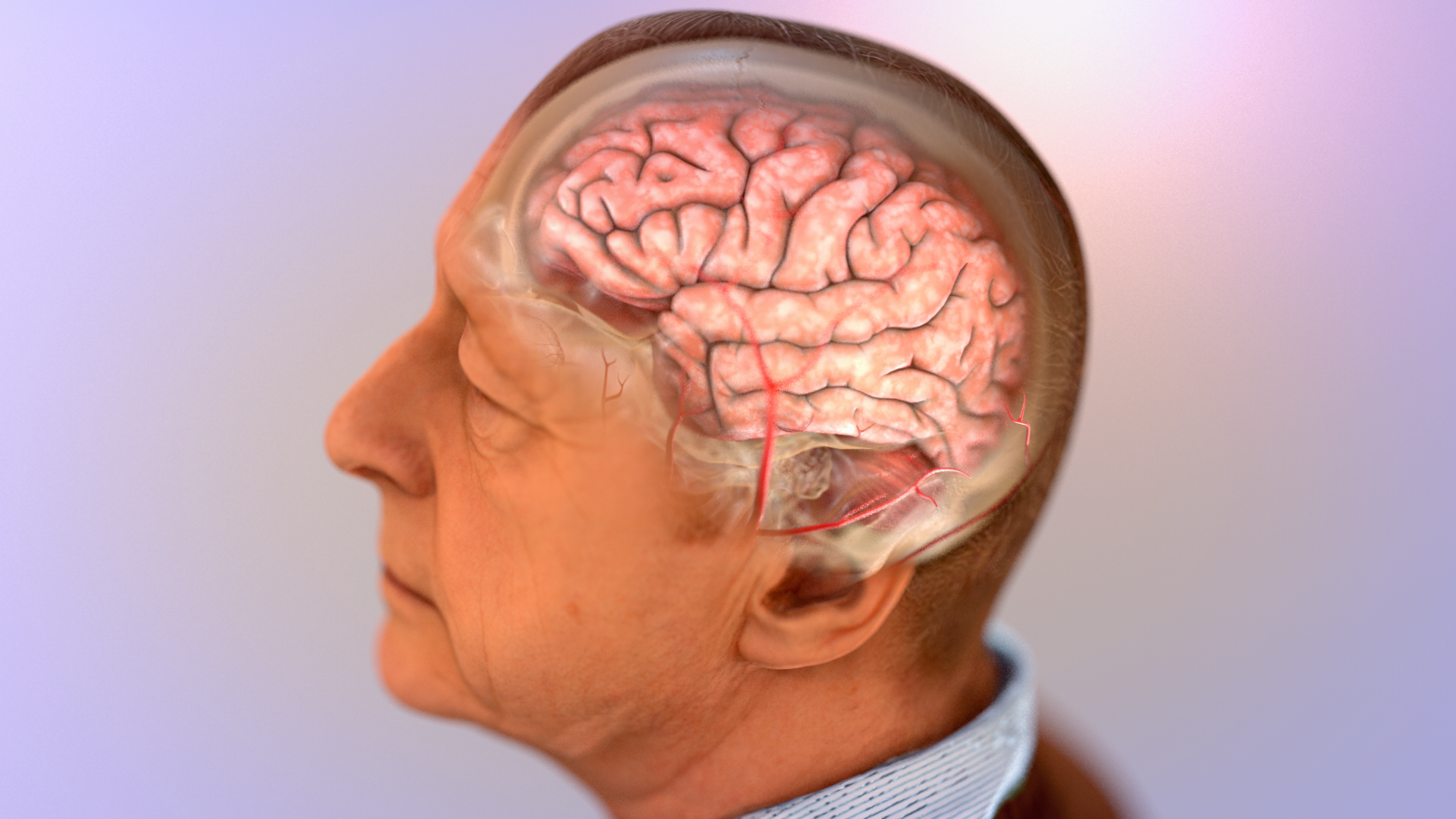Even when individual battles seem overwhelming, assembling the right army still can offer the best chance to win the war.
That sums up the collective advantage offered by the Arizona Alzheimer’s Consortium, a statewide collaborative effort whose key goals are the early detection and prevention of the disease marked by the degeneration of the brain that leads to mental deterioration.
How close are they getting to success? “I think we have a 50 percent chance to find and support the approval of a prevention therapy between 2023 and 2025,” says Dr. Eric Reiman, the consortium’s director. “When we started, it was a zero percent chance that the world could do that.”
Such potential is no small feat, considering the group has existed less than two decades. Since launching in 1998, according to the consortium’s 2017 annual report, its researchers have generated more than 4,000 publications, 1,000 research grants and contracts, and $1.5 billion in new investments.
“The opportunity for prevention is to try to intervene with very promising treatments before the onset of symptoms — before the disease has ravaged the brain,” says Reiman, who also serves as executive director of the Banner Alzheimer’s Institute (BAI) and chief executive officer for Banner Research.
There is a lot at stake for Arizonans, as more than 120,000 people in the state suffer from the disease. Keep in mind this is just a fraction of the people who become victims of Alzheimer’s. About a tenth of people at least age 65 and nearly half of people at least age 85 are afflicted.
In the consortium’s favor is the homegrown talent at its disposal. The state’s strengths include brain imaging; genomics; the computational, mathematical and statistical analysis of complex data sets; the basic, cognitive and behavioral neurosciences; clinical and experimental therapeutics; and neuropathology research. They have led to pioneering contributions to the scientific understanding, unusually early detection and tracking of Alzheimer’s; the accelerated evaluation of prevention therapies; and the scientific understanding of the aging mind and brain.
There are dual layers of expertise at work here. Besides BAI, the consortium’s participating institutions are:
- Arizona State University
- Banner Sun Health Research Institute
- Barrow Neurological Institute at Dignity Health’s St. Joseph’s Hospital and Medical Center
- Mayo Clinic
- The University of Arizona
- Translational Genomics Research Institute
Affiliated members include:
- Critical Path Institute
- Midwestern University
- The University of Arizona College of Medicine, Phoenix
One of the latest examples of the global research community being interested in Arizona’s research is the recent awarding of a $5 million grant to develop a data set expected to become one of the most widely used and highly valued scientific resources in the fight against Alzheimer’s.
The grant will be used over four years to develop a public resource of detailed gene expression data from human brain cells and regions that differ in the vulnerability or resilience to the disease, and help to spur discovery of disease mechanisms, risk factors and treatments. The funding comes from the NOMIS Foundation, a private Swiss foundation supporting insight-driven scientific endeavors.
In addition to consortium members, the project involves the Arizona State University-Banner Neurodegenerative Disease Research Center at The Biodesign Institute and the Icahn School of Medicine at Mount Sinai in New York City.
The efforts of individual consortium members are just as noteworthy. At BAI, for example, researchers are part of the new Alzheimer’s Prevention Initiative (API) Generation Study 2, which will focus on high-risk older adults to determine whether an investigational drug can prevent or delay the emergence of symptoms by combatting the accumulation of amyloid plaques, the protein fragments that form between nerve cells in the brain as a prime hallmark of Alzheimer’s. This investigation follows API Generation Study 1, which launched last year,
“This approach continues to shift the Alzheimer’s research paradigm from reversing disease damage to attacking its root cause before symptoms surface,” says Dr. Pierre N. Tariot, co-director of API and director of BAI. “It is our hope that by targeting people earlier, we will have a better chance of delaying or preventing the onset of the disease.”
The five-year Generation Study 2 will involve more than 2,000 cognitively healthy volunteers ages 60 to 75 considered at high risk of developing symptoms of Alzheimer’s because of their age and because they carry either one or two copies of the e4 type of the apolipoprotein E gene, the major genetic risk factor for late-onset Alzheimer’s disease. Eligible participants will randomly selected to receive one of two doses —15 mg or 50 mg — of the investigational anti-amyloid compound CNP520 co-developed by Novartis Pharmaceutical Corporation and biotechnology company Amgen, or a placebo.
The study will be conducted at more than 180 sites in more than 20 countries.
Contributing to this article was Brian Powell, communications manager of the Flinn Foundation.
Photo: Image courtesy of the National Institute on Aging/National Institutes of Health




